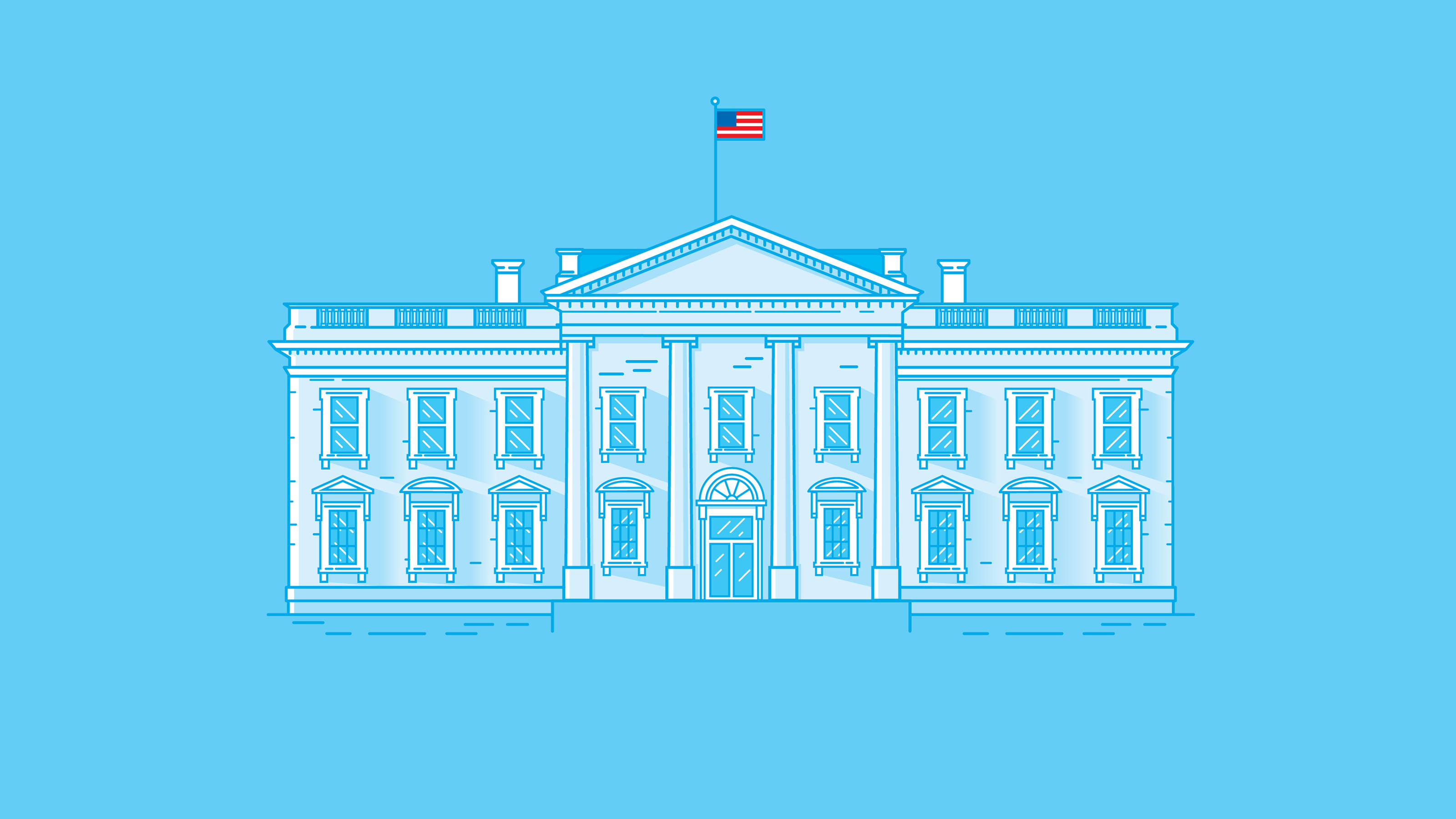Foreign Stocks Pay Dividends
Look abroad for companies you can count on for income now and higher payouts later.
There's a lot to like about stocks that disburse high and rising cash dividends. Dividend growth helps you stay ahead of inflation. And because corporate earnings are more than twice as volatile as dividends, prices of cash-paying stocks are less jumpy than prices of stocks without dividends.
Last month, Kiplinger’s described 15 blue-chip U.S. stocks with special appeal to dividend fans (see The Hunt for Dividends). But that’s just half the story. High-dividend-growth strategies work globally, too. “Studies done all over the world show that over time, dividends have been a strong indicator of superior returns,” says Thomas Shrager, who co-manages several funds for Tweedy, Browne, including its Worldwide High Dividend Yield Value fund.
Though there’s been increased emphasis on dividends lately in the U.S., domestic stocks on the whole still offer some of the lowest yields in the world. Standard & Poor’s 500-stock index yields 1.9%, while the MSCI EAFE index, a widely followed measure of stocks in developed foreign markets, offers 2.9%. “Once you invest globally, you’re in a much better environment for dividend strategies,” says Cliff Remily, co-manager of Thornburg Investment Income Builder Fund, which invests around the globe. The five foreign companies below yield from 3% to 6% and have the ability to raise dividends regularly and substantially. Each trades on the U.S. market in the form of American depositary receipts.
From just $107.88 $24.99 for Kiplinger Personal Finance
Become a smarter, better informed investor. Subscribe from just $107.88 $24.99, plus get up to 4 Special Issues

Sign up for Kiplinger’s Free Newsletters
Profit and prosper with the best of expert advice on investing, taxes, retirement, personal finance and more - straight to your e-mail.
Profit and prosper with the best of expert advice - straight to your e-mail.
British American Tobacco (BTI) $69
Most of the economic growth in the world today emanates from developing nations. So let’s start our treasure hunt for attractive dividends there.
As incomes rise, people eat, drink and smoke more. They also seek the quality and cachet of brand-name products. A classic example of a company that benefits from this trend is BAT, the world’s second-largest cigarette maker, after Philip Morris International. Rajiv Jain, manager of Virtus Emerging Markets Opportunities Fund, estimates that BAT generates 65% of its profits from developing countries. It reigns supreme in big ones such as Brazil, India and Malaysia.
Tobacco is an ugly product, but the economics of the business is a thing of beauty. Producers have minimal capital-spending requirements, they enjoy pricing power, their returns on capital are towering, and they generate copious cash flow. That enables the companies to pay generous dividends. BAT’s dividend has compounded by 19% annualized over the past five years. The stock yields 4.4% and sells for 13 times estimated 2010 earnings.
Unilever (UN) $30
Like BAT, Anglo-Dutch Unilever has been selling stuff to consumers in the developing world for more than a century. The food-, household- and personal-products giant generates half of its $57 billion in annual sales from emerging markets, up from one-third as recently as 2004. Unilever’s brands include Lipton tea, Ben & Jerry’s ice cream, Dove soap and Vaseline skin care.
Unilever already serves hundreds of millions of customers a day. But the company is far from exhausting its opportunities. China, India and Indonesia, where Unilever has planted deep roots, have a combined population of 2.7 billion -- almost nine times that of the U.S. Americans already spend ten times as much per capita on ice cream, shampoo, detergent and skin-care products, all big Unilever businesses.
The second part of the Unilever story is its restructuring. The company lags competitors such as Procter & Gamble and Nestlé by several measures of efficiency and profitability. But Tweedy, Browne’s Shrager thinks Paul Polman, the recently installed chief executive officer, is just the man to weed out inefficiency. Polman was formerly head of P&G Europe and chief financial officer of Nestlé. “I can see a huge ship starting to turn in the right direction,” says Shrager. Unilever yields 3.6% and sells for 14 times 2010 projected earnings.
BP (BP) $59
Europe is the place to look for high income from oil stocks. It doesn’t matter whether it’s France’s Total, Italy’s Eni, Royal Dutch Shell or BP; an enticing yield of about 6% is on offer from all these integrated oil-and-gas companies. Compare that with ExxonMobil’s miserly 2.5% yield.
Thornburg’s Remily favors BP for its continued success at adding new oil reserves. Unlike many oil majors, the British company has a long history of replacing more than 100% of the oil it produces with new discoveries. In 2009, BP produced the equivalent of four million barrels of oil a day in locations as varied as Russia, Alaska and Angola. It expects to expand output by 1% to 2% a year until 2015 -- solid growth by industry standards. BP shares yield 5.7%.
Taiwan Semiconductor (TSM) $11
Technically, Taiwan is considered an emerging market, but Taiwan Semiconductor Manufacturing provides compelling evidence that it’s time for the keepers of such indexes to declare Taiwan a developed country. TSM is by far the world’s largest semiconductor foundry.
TSM’s main business, generating 70% of sales, is the manufacture of semiconductors for chip designers, such as Broadcom, Nvidia and Marvell, that lack hugely expensive wafer-fabrication facilities. The rest of TSM’s sales are to chip makers that are short of capacity, such as Advanced Micro Devices. Simon Hallett, chief investment officer of Harding Loevner, says that TSM is the technological leader and lowest-cost producer, with “financial strength that is shining through.”
Financial might is key in an industry that requires billions of dollars of investment in new capacity and research and development each year. TSM, which should produce net earnings of at least $3.5 billion on $12 billion of revenues in 2010, sets the industry standard. The company has virtually no debt and $6 billion in cash, and it plans to invest nearly $5 billion in 2010. The stock yields 4.3% -- unusually high for a technology company -- and sells for 13 times earnings. Given that analysts expect earnings to grow at an annual rate of 15% over the next three to five years, the stock appears inexpensive.
Bank of Montreal (BMO) $61
For the last pick, let’s travel to our sober neighbor to the north, Canada. While U.S. financial institutions were torpedoing the economy, Canada’s better-regulated, better-capitalized banks prudently stuck to basic commercial, consumer and mortgage lending. Bank of Montreal, founded in 1817, remained solidly profitable through the recession.
Bank of Montreal is not as local as its name suggests. It is, in fact, one of a handful of national powerhouses in Canada. It also has a large mutual fund and investment-advisory business. Bank of Montreal has compounded dividends by 11% annualized over the past four years. The stock yields 4.3% and trades at 13 times this year’s earnings.
Profit and prosper with the best of Kiplinger's advice on investing, taxes, retirement, personal finance and much more. Delivered daily. Enter your email in the box and click Sign Me Up.
Andrew Tanzer is an editorial consultant and investment writer. After working as a journalist for 25 years at magazines that included Forbes and Kiplinger’s Personal Finance, he served as a senior research analyst and investment writer at a leading New York-based financial advisor. Andrew currently writes for several large hedge and mutual funds, private wealth advisors, and a major bank. He earned a BA in East Asian Studies from Wesleyan University, an MS in Journalism from the Columbia Graduate School of Journalism, and holds both CFA and CFP® designations.
-
 Forget FIRE: Why ‘FILE’ Is the Smarter Move for Child-Free DINKs
Forget FIRE: Why ‘FILE’ Is the Smarter Move for Child-Free DINKsHow shifting from "Retiring Early" to "Living Early" allows child-free adults to enjoy their wealth while they’re still young enough to use it.
-
 7 Tax Blunders to Avoid in Your First Year of Retirement
7 Tax Blunders to Avoid in Your First Year of RetirementA business-as-usual approach to taxes in the first year of retirement can lead to silly trip-ups that erode your nest egg. Here are seven common goofs to avoid.
-
 How to Plan for Social Security in 2026's Changing Landscape
How to Plan for Social Security in 2026's Changing LandscapeNot understanding how the upcoming changes in 2026 might affect you could put your financial security in retirement at risk. This is what you need to know.
-
 Best Banks for High-Net-Worth Clients
Best Banks for High-Net-Worth Clientswealth management These banks welcome customers who keep high balances in deposit and investment accounts, showering them with fee breaks and access to financial-planning services.
-
 White House Probes Tracking Tech That Monitors Workers’ Productivity: Kiplinger Economic Forecasts
White House Probes Tracking Tech That Monitors Workers’ Productivity: Kiplinger Economic ForecastsEconomic Forecasts White House probes tracking tech that monitors workers’ productivity: Kiplinger Economic Forecasts
-
 Stock Market Holidays in 2026: NYSE, NASDAQ and Wall Street Holidays
Stock Market Holidays in 2026: NYSE, NASDAQ and Wall Street HolidaysMarkets When are the stock market holidays? Here, we look at which days the NYSE, Nasdaq and bond markets are off in 2026.
-
 Stock Market Trading Hours: What Time Is the Stock Market Open Today?
Stock Market Trading Hours: What Time Is the Stock Market Open Today?Markets When does the market open? While the stock market has regular hours, trading doesn't necessarily stop when the major exchanges close.
-
 Bogleheads Stay the Course
Bogleheads Stay the CourseBears and market volatility don’t scare these die-hard Vanguard investors.
-
 The Current I-Bond Rate Is Mildly Attractive. Here's Why.
The Current I-Bond Rate Is Mildly Attractive. Here's Why.Investing for Income The current I-bond rate is active until April 2026 and presents an attractive value, if not as attractive as in the recent past.
-
 What Are I-Bonds? Inflation Made Them Popular. What Now?
What Are I-Bonds? Inflation Made Them Popular. What Now?savings bonds Inflation has made Series I savings bonds, known as I-bonds, enormously popular with risk-averse investors. How do they work?
-
 Investing in Emerging Markets Still Holds Promise
Investing in Emerging Markets Still Holds PromiseEmerging markets have been hit hard in recent years, but investors should consider their long runway for potential growth.